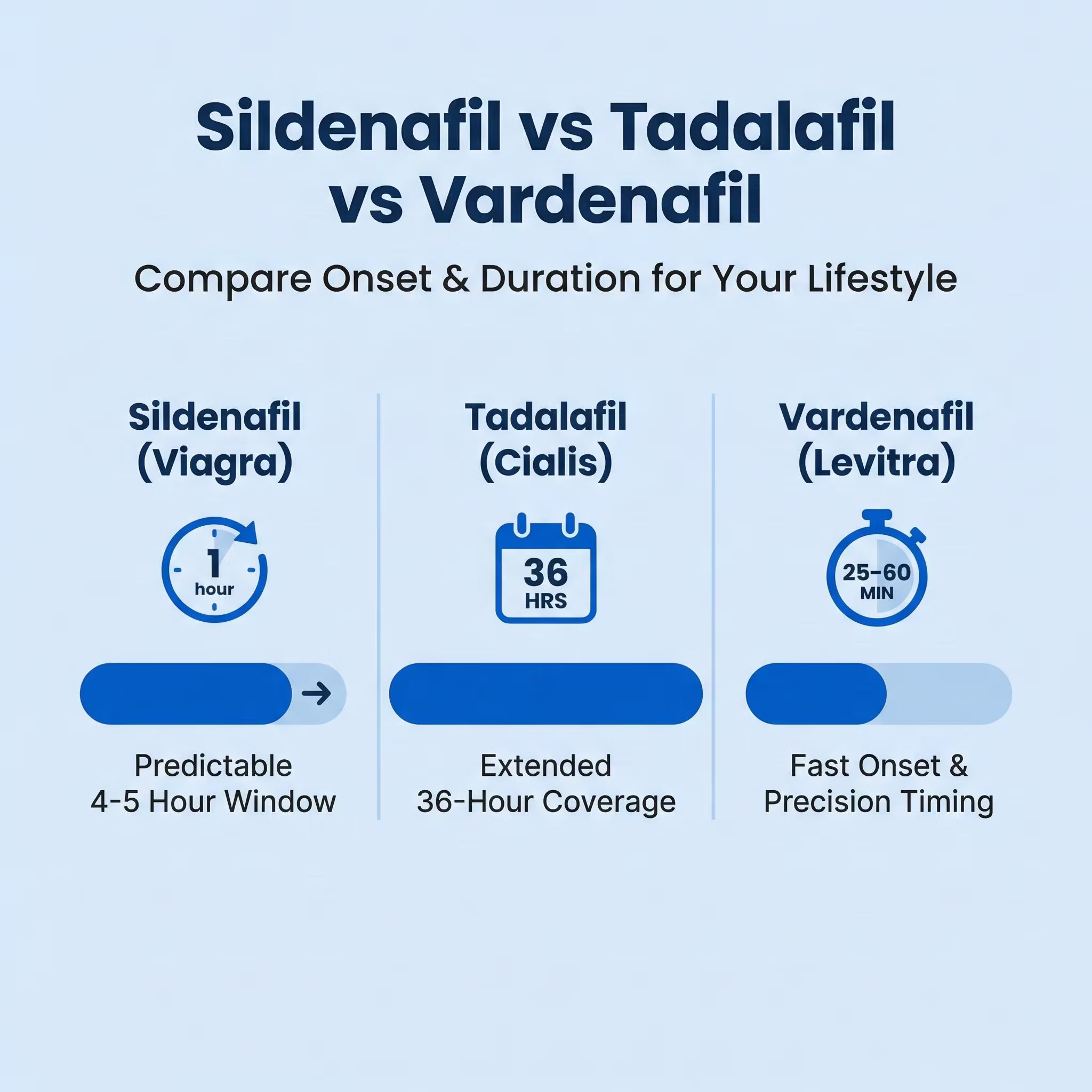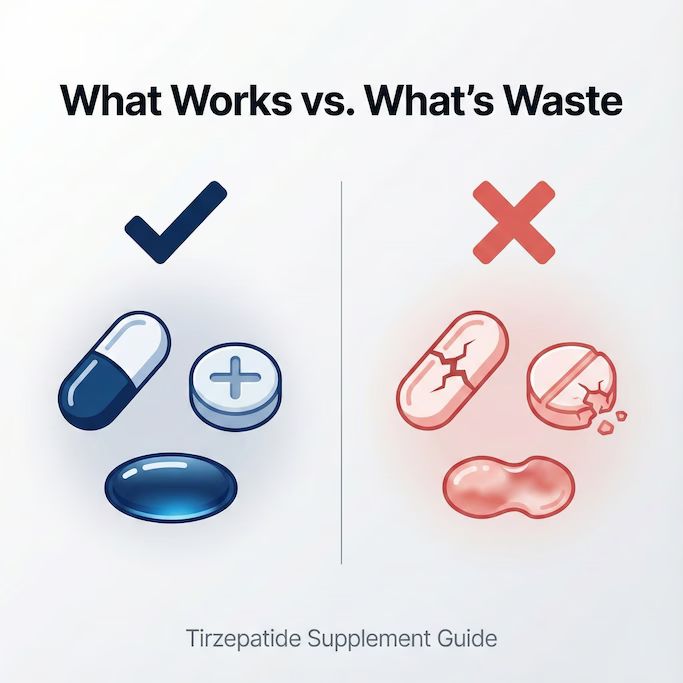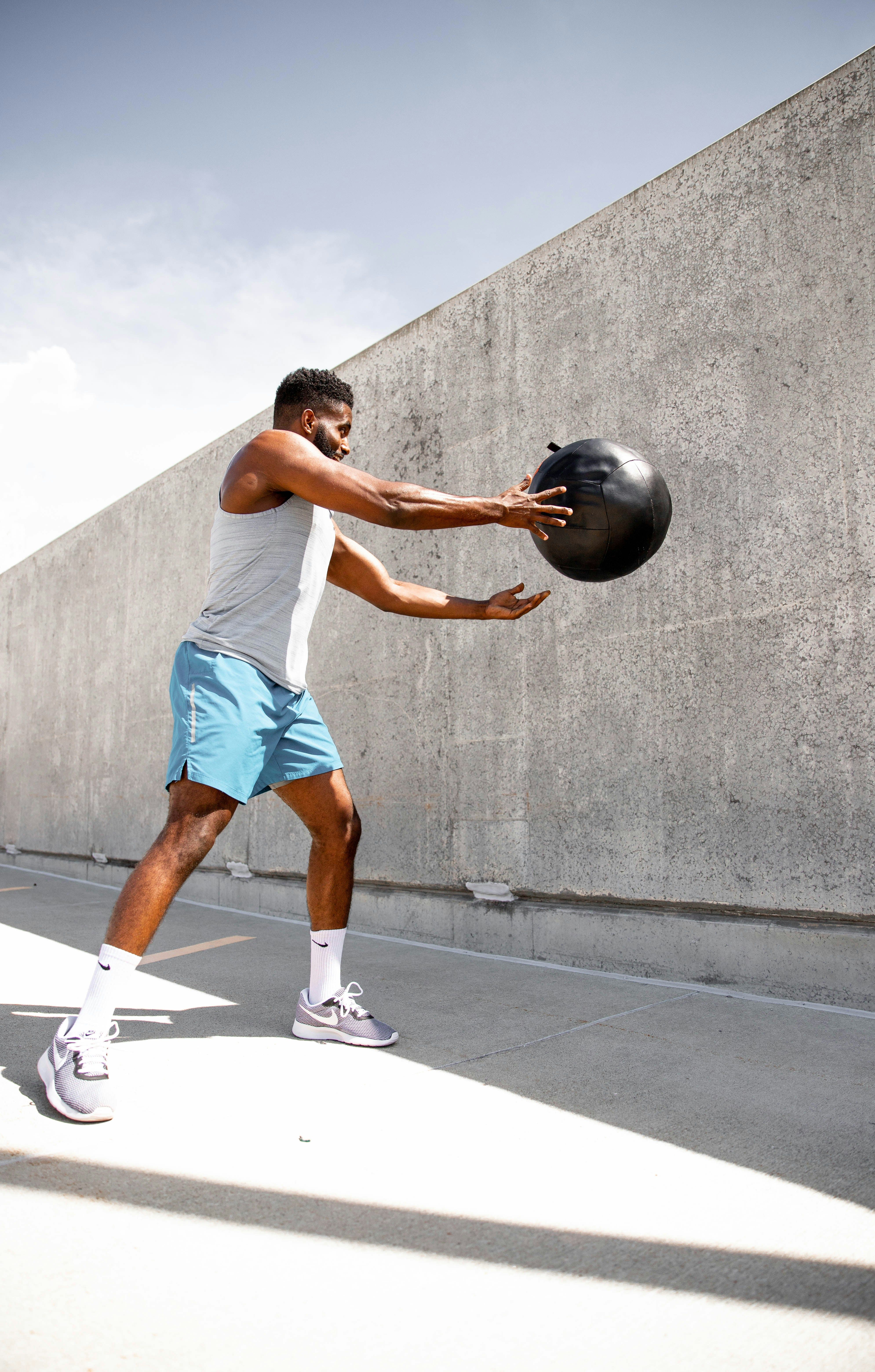From boosting your mood to strengthening your muscles, the benefits of exercise are well established. But like most good things in life, moderation is essential, and overtraining can have negative consequences on your health. In fact, working out too hard and leaving little time for recovery doesn’t just increase your risk of injury and illness, but it can also disrupt your mood and worsen your athletic performance.
Let’s dig a little deeper into the negative effects of overtraining, why exercise doesn’t need to be miserable to make an impact, and go over some ideas on how to devise a fitness routine you’ll look forward to each day.
The dangers of overtraining
“Pain is just weakness leaving the body.”
“No pain, no gain.”
You’ve probably heard more than a few motivational quotes justifying the virtues of an extreme workout. But the truth is, pain is often your body’s way of telling you something isn’t right.
While it’s normal to feel occasional soreness after working out, especially if you’re trying something new, feeling pain during or after exercise can be a sign of taking things too far. When you constantly test your limits, up your training volume, or work out too much in a short period of time, you may experience what experts refer to as “overreaching.”
If you're experiencing overreaching, you may have symptoms like muscle soreness that lasts a few days or more, fatigue that doesn't let up, and trouble sleeping or staying awake. When you don’t catch the symptoms of overreaching or you push through in spite of them, you can wind up with a more severe condition known as overtraining syndrome.
Overtraining syndrome can cause a weakened immune system, decreased athletic performance over a period of months, insomnia, fatigue, depression, and an overall loss of motivation. When you’re accustomed to pushing hard and ignoring your body’s cues, it can be difficult to stop until you simply can’t keep going. As Olympic swimmer Simone Manuel, who has struggled with overtraining, put it, “I think it was something that I didn’t quite notice until my body…completely crashed.”
While overtraining syndrome may be more common in elite athletes, anybody can be at risk. Fortunately, paying attention to how you feel and noticing the symptoms early can prevent serious problems down the line.
What does overtraining do to your T levels?
Though regular exercise supports testosterone production, there is a correlation between intensive exercise training and low testosterone levels. This may be the result of exercise increasing the levels of some hormones that hinder testosterone production, such as the stress hormone cortisol and prolactin. Both animal and human studies have shown that cortisol inhibits testicular testosterone production. And elevated prolactin levels can inhibit the secretion of something called gonadotropin hormone-releasing hormone (GnRH), affecting the communication between the brain and the testes.
Does this mean you should never challenge yourself? Of course not. In fact, studies show that high intensity interval training (HIIT) has a positive impact on the balance between testosterone and cortisol levels, while also increasing muscle strength and enhancing general well-being. But recovery days are crucial between HIIT workouts, and without them, you run the risk of compromising all your hard work.
Strength training, whether you use free weights, body weights, or machine weights, may also support testosterone production. And one of the most beneficial exercises is squats. In a study comparing the impact of leg presses and squats on certain hormone levels, both types of exercises increased testosterone and growth hormone right after, but the increase was greater for squats. Even after 15 to 30 minutes, growth hormone remained higher for squats compared to leg presses.
While low- to moderate-intensity workouts that require a continuous, steady effort don’t seem to cause those notable spikes in testosterone like other forms of exercise, they shouldn’t be overlooked. Walking, swimming, and biking at an easy or medium effort helps your body recover from high intensity workouts while also supporting your heart, your bones, and your brain — and that’s a win.
Finding the balance between too easy and too hard
Workouts should be challenging, but they should also be enjoyable, because consistency and volume win over time. You’re unlikely to stick with a routine that you dread or that causes you pain. You’re just as unlikely to stick with a routine that’s too easy and makes you bored. Though many of us think the post-workout “high” will get you to remain consistent, research shows that how you feel during a workout is a stronger predictor.
When trying to come up with a fitness regimen that works, follow these basic rules:
- Mix intense training with periods of rest.
- If you feel pain, back off.
- Increase training volume and intensity in small increments.
- If you feel exhausted after a workout, tone it down a notch next time.
- Fuel your workouts with a healthy, varied diet.
- Stay hydrated.
- When a routine starts to feel boring, switch it up.
- Sleep.
Dr. Cam’s Health Hack
Want to know the optimal exercise program according to science? According to this advice from Dr. Cam, it’s actually not one type of exercise, but three types:
“Low intensity every day, medium intensity every other day, and high intensity once a week.”
For low intensity, he encourages walking at least 8,000 steps or 80 total minutes of walking each day.
For medium intensity, go for muscle strengthening or resistance training three to five times each week, whether that entails using free weights at the gym, body weight strength training, power yoga, or even pilates.
Lastly, you might think of HIIT as the ideal form of high intensity exercise, but it’s far from the only one. According to Dr. Cam, anything that involves a running motion and a natural interval of speeding up and slowing down is key here. Sprinting is ideal, but you can also do it in the form of sports like basketball, tennis, or soccer.
Some important takeaways
- Workouts should be hard but enjoyable — consistency and volume win over time.
- Working out too hard and leaving little time for recovery doesn’t just increase your risk of injury and illness, but can also disrupt your mood and worsen your athletic performance.
- If you’re overtraining, you might experience persistent soreness, decreased athletic performance, fatigue, weakened immunity, insomnia, and depression.
Disclaimer: The contents of this article, including, but not limited to, text, graphics, images, and other information, is for information purposes only and does not constitute medical advice. The information contained herein is not a substitute for and should never be relied upon for professional medical advice. The content is not meant to be complete or exhaustive or to be applicable to any specific individual's medical condition. You should consult a licensed healthcare professional before starting any health protocol and seek the advice of your physician or other medical professional if you have questions or concerns about a medical condition. Always talk to your doctor about the risks and benefits of any treatment. Never disregard or delay seeking professional medical advice or treatment because of something you have read on this site. Maximus does not recommend, endorse, or make any representation about the efficacy, appropriateness, or suitability of any specific test, products, procedures, treatments, services, opinions, healthcare providers or other information contained herein. Maximus is not responsible for, nor will they bear any liability for, the content provided herein or any actions or outcomes resulting from or related to its use.





